I never expected to fall in love with a place I couldn’t even find on a map before my trip. Tucked away from the tourist crowds of Tuscany, Umbria reveals itself as Italy’s hidden heaven – a landlocked pocket of serenity that seems untouched by time. In these quiet hills, I discovered the authentic soul of Italy that many travelers miss when they stick to more famous destinations.
My journey through Umbria’s picturesque hill towns gave me a perspective I couldn’t have experienced otherwise.
From my home bases in Orvieto, Perugia, and Amelia, I explored about a dozen medieval communities perched dramatically on hilltops. Each town welcomed me with cobblestone streets, impressive religious treasures, and locals who seemed genuinely surprised to see a foreign visitor.
The magic of Umbria happens in the quiet moments. Here, I sipped locally-produced wine as the sun sets over ancient stone buildings and chatted with shopkeepers who’ve been making the same traditional foods for generations. I also rode through the mountains of southern Umbria to discover unspoiled corners that feel forgotten by the modern world.
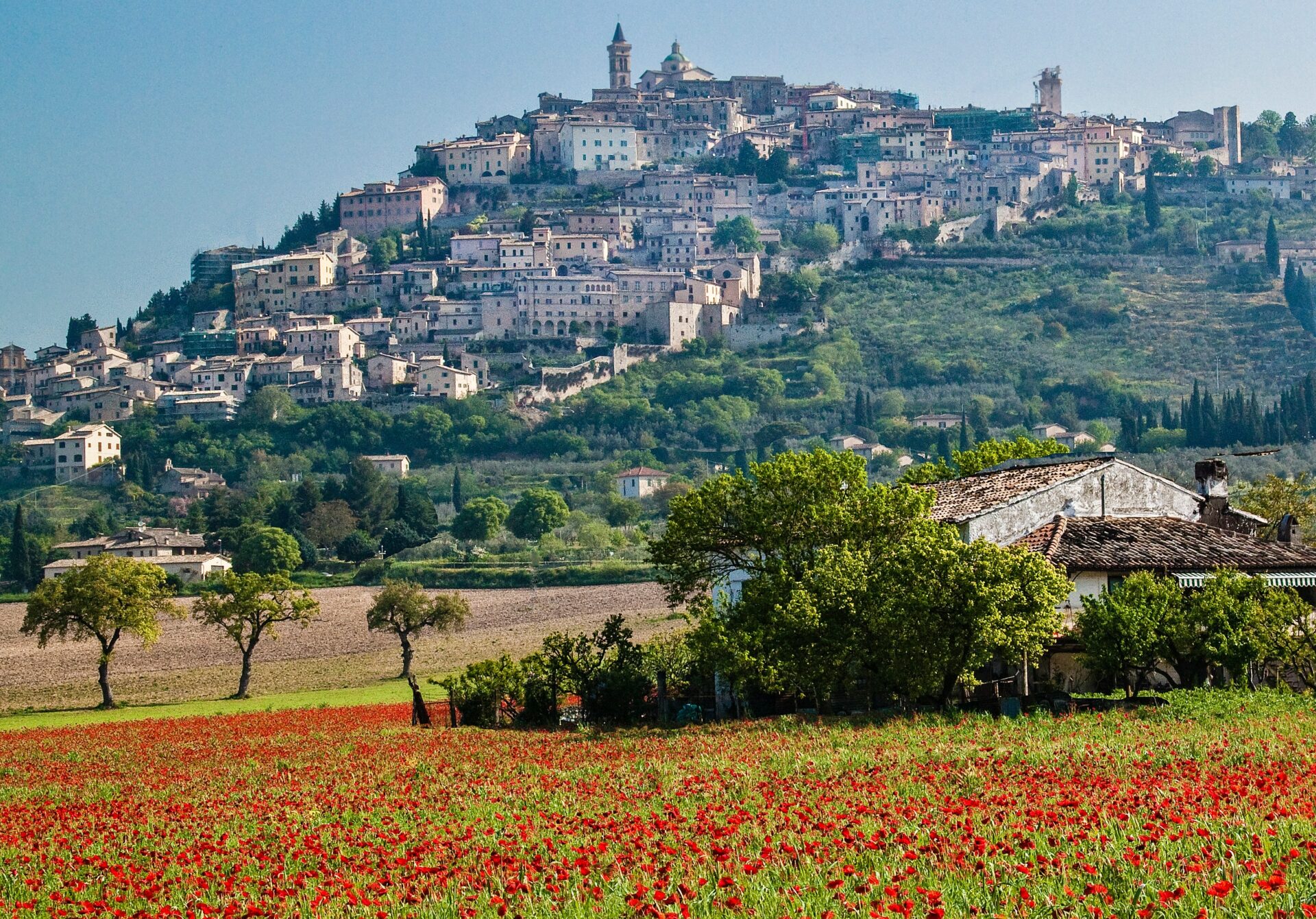
Discovering Umbria, the Heart of Italy
Umbria captivated me from the moment I arrived in this serene region nestled in central Italy. Often called “Italy’s Green Heart,” it offers an authentic experience away from the tourist crowds that swarm other Italian destinations.
The Umbrian Countryside and Nature
The rolling hills of Umbria create a landscape that took my breath away. Everywhere I looked, verdant valleys stretched toward the horizon, dotted with olive groves and vineyards that produce some of Italy’s finest oils and wines.
I spent days wandering through the countryside, where every turn revealed another postcard-perfect vista. The region deserves its nickname as Italy’s “Green Heart” – especially in spring when wildflowers carpet the meadows.
Mount Subasio rises majestically near Assisi, offering hiking trails with panoramic views that showcase Umbria’s natural beauty. During my trek up its slopes, I encountered locals gathering wild herbs and mushrooms.
The natural parks here preserve ecosystems where wildlife thrives undisturbed. Unlike Tuscany’s more manicured landscape, Umbria feels wilder and more untamed.
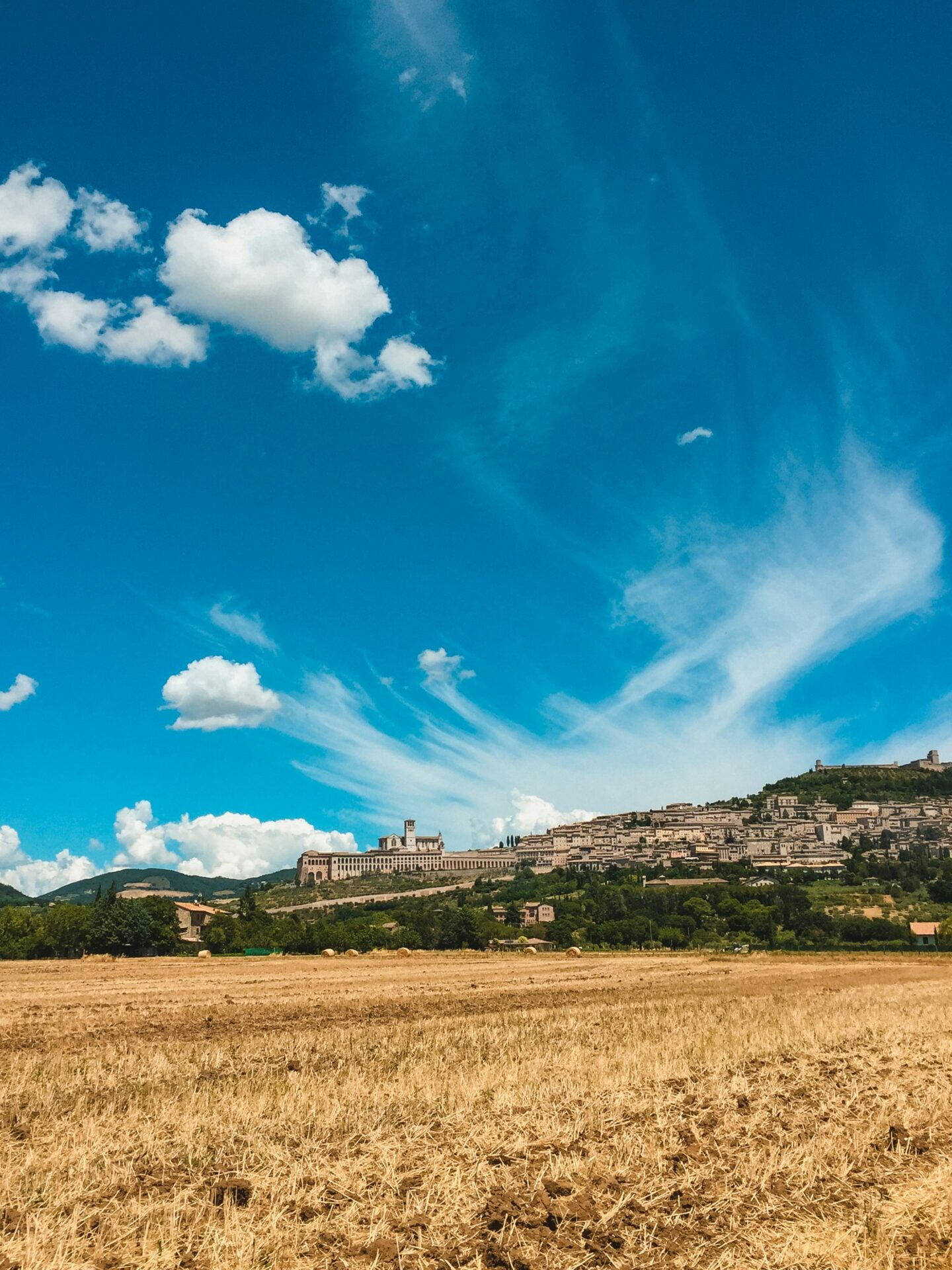
Umbria’s Rich Historical Tapestry
Medieval hill towns crown Umbria’s many ridges, each with its own fascinating story. These stone villages seem frozen in time, their narrow streets and ancient walls transporting visitors back centuries.
I wandered through Perugia’s impressive Etruscan gates and Orvieto’s magnificent Gothic cathedral. Each town reveals layers of history – Etruscan foundations, Roman ruins, medieval fortresses, and Renaissance art.
The region’s isolation has preserved traditions that disappeared elsewhere in Italy. Local festivals celebrate ancient customs with participants wearing historical costumes that haven’t changed in hundreds of years.
UNESCO recognizes several Umbrian sites as World Heritage treasures. These include not just famous religious buildings but entire historic centers where modern life exists alongside medieval structures.

The Religious Significance of Assisi
Assisi stands as Umbria’s crown jewel, clinging to Mount Subasio’s slopes. This pink-stoned city radiates spirituality as the birthplace of St. Francis, Italy’s patron saint who founded the Franciscan Order.
The Basilica of St. Francis houses breathtaking frescoes by Giotto depicting the saint’s life. During my visit, I joined pilgrims from around the world who come to pay homage at his tomb in the crypt below.
St. Francis’s connection to nature is reflected in Assisi’s peaceful atmosphere. His famous prayer for peace and harmony with creation seems to permeate the very stones of the city.
Pilgrims have traveled these routes for centuries. Walking the same paths, I felt connected to a tradition of spiritual seeking that continues today. The city welcomes visitors of all beliefs with a gentle embrace.
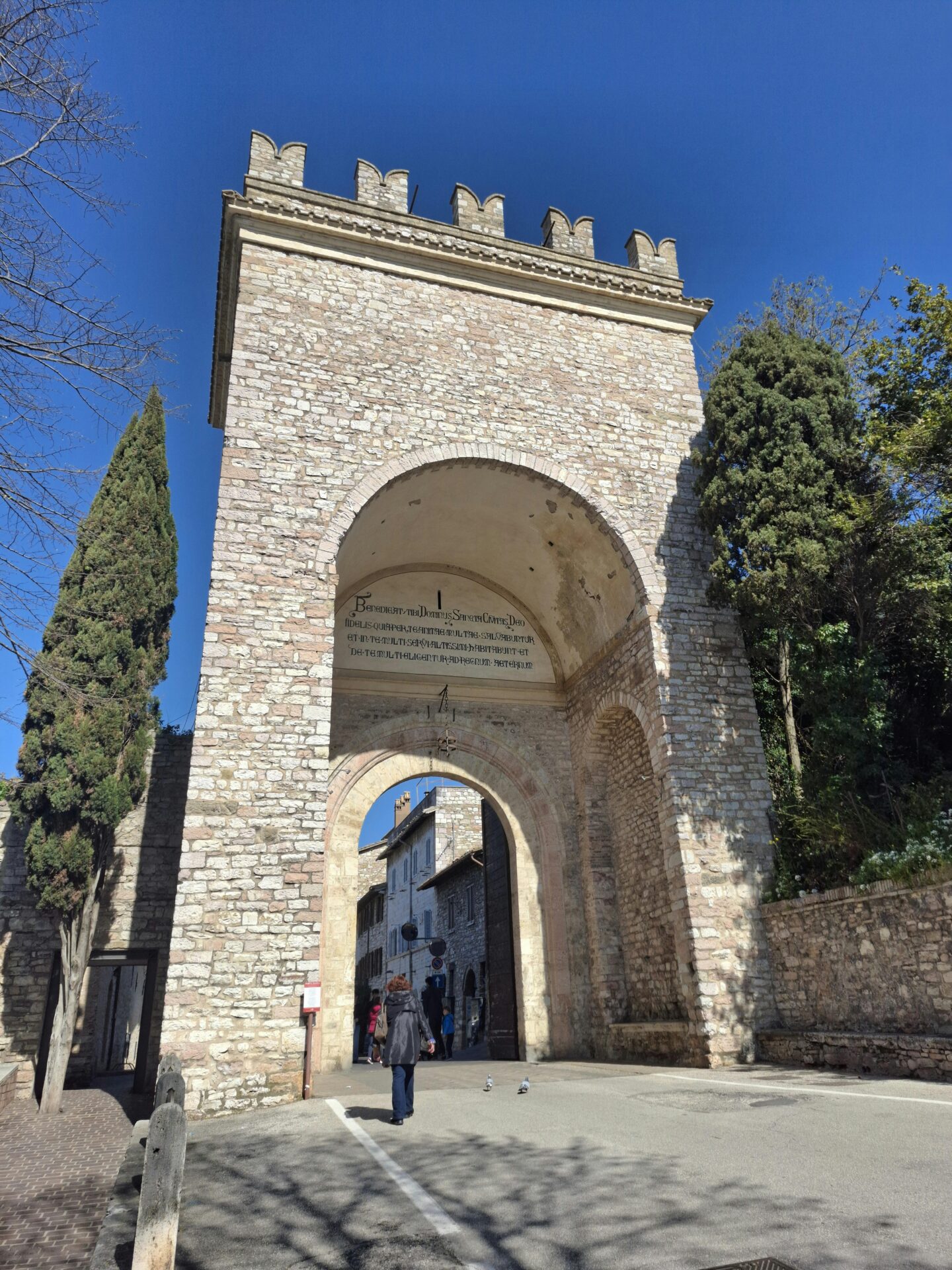
Exploring the Artistic Legacy of the Middle Ages and Renaissance
Umbria’s artistic legacy left me speechless as I wandered through centuries of masterpieces. This hidden region of Italy houses some of the most significant religious and Renaissance art treasures often overlooked by those rushing between Florence and Rome.
Assisi’s Frescoes and Giotto
Walking into the Basilica of St. Francis in Assisi, I was immediately transported to the 13th century. The upper church’s walls come alive with Giotto’s revolutionary frescoes depicting the life of St. Francis. These aren’t just religious paintings—they represent a pivotal moment when art began breaking free from Byzantine stiffness.
I spent hours looking up at these colorful scenes, noticing how Giotto introduced human emotion and three-dimensional figures that would later inspire Renaissance masters. The basilica itself is a UNESCO World Heritage site for good reason.
In the lower basilica, I discovered even more treasures: Cimabue’s frescoes with their gold backgrounds and Simone Martini’s delicate figures. The emotional depth in these works shows why Assisi became a pilgrimage site for both the religious and art lovers.
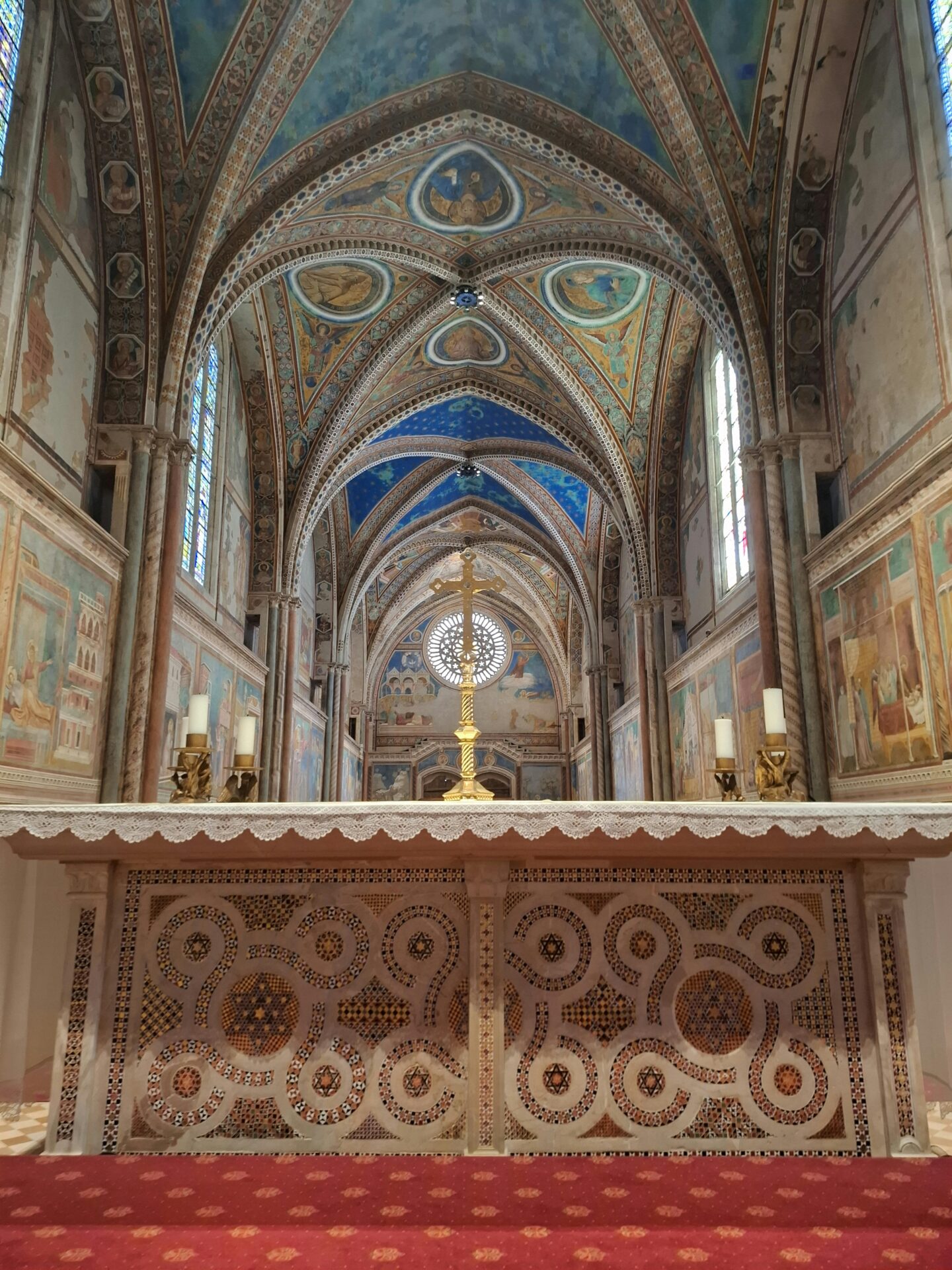
Perugia and the National Gallery of Umbria
Perugia surprised me with its artistic richness. The National Gallery of Umbria, housed in the medieval Palazzo dei Priori, contains masterpieces spanning from the 13th to the 19th centuries.
I was mesmerized by Perugino’s works—his serene Madonnas and perfectly balanced compositions reveal why he was Raphael’s teacher. The gallery showcases Umbria’s own artistic school that developed alongside Florence’s more famous Renaissance movement.
The collection features stunning works by Pinturicchio, whose detailed narrative paintings tell stories through color and movement. I appreciated how the museum organizes art chronologically, letting me trace the evolution of techniques and styles through the centuries.
Their medieval collection particularly impressed me, with elaborate altarpieces featuring gold leaf and vibrant pigments that have survived for over 700 years.
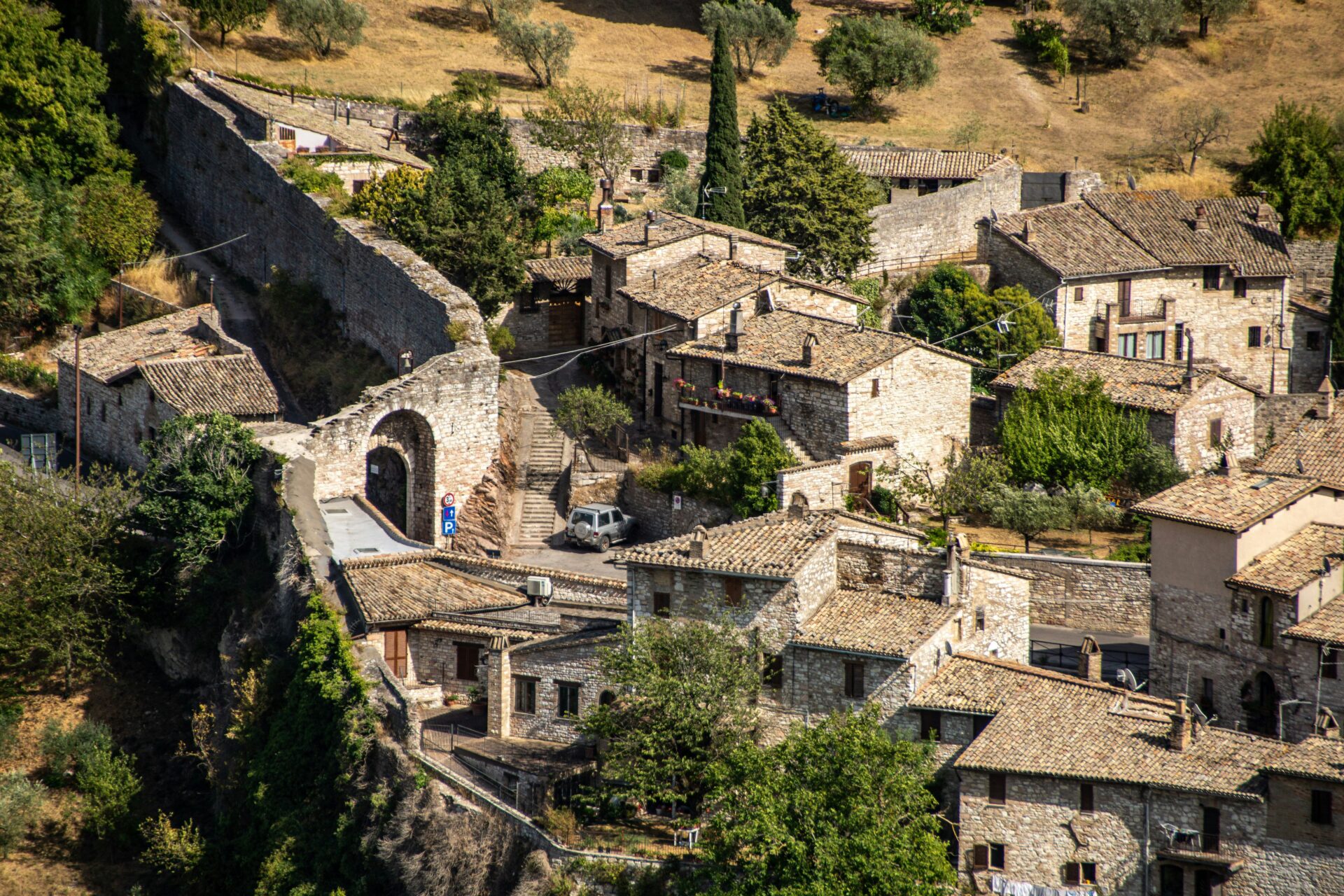
Renaissance Art and Its Artists
The Renaissance bloomed differently in Umbria than in Florence. Here, spirituality remained central to artistic expression, creating a unique style that balances innovation with devotion.
In Orvieto’s magnificent cathedral, I stood awestruck before Luca Signorelli’s Last Judgment frescoes. His muscular figures and dramatic scenes directly influenced Michelangelo’s later work on the Sistine Chapel.
Raphael’s early works appear throughout the region—I found his delicate touch in a small fresco in Città di Castello. These early paintings show his developing genius before he left for Rome.
What makes Umbrian Renaissance art special is its intimacy. Unlike grander Florentine pieces, these works speak directly to the viewer through gentle landscapes and thoughtful expressions. The rolling hills seen through windows in these paintings are the same ones I gazed at during my travels.
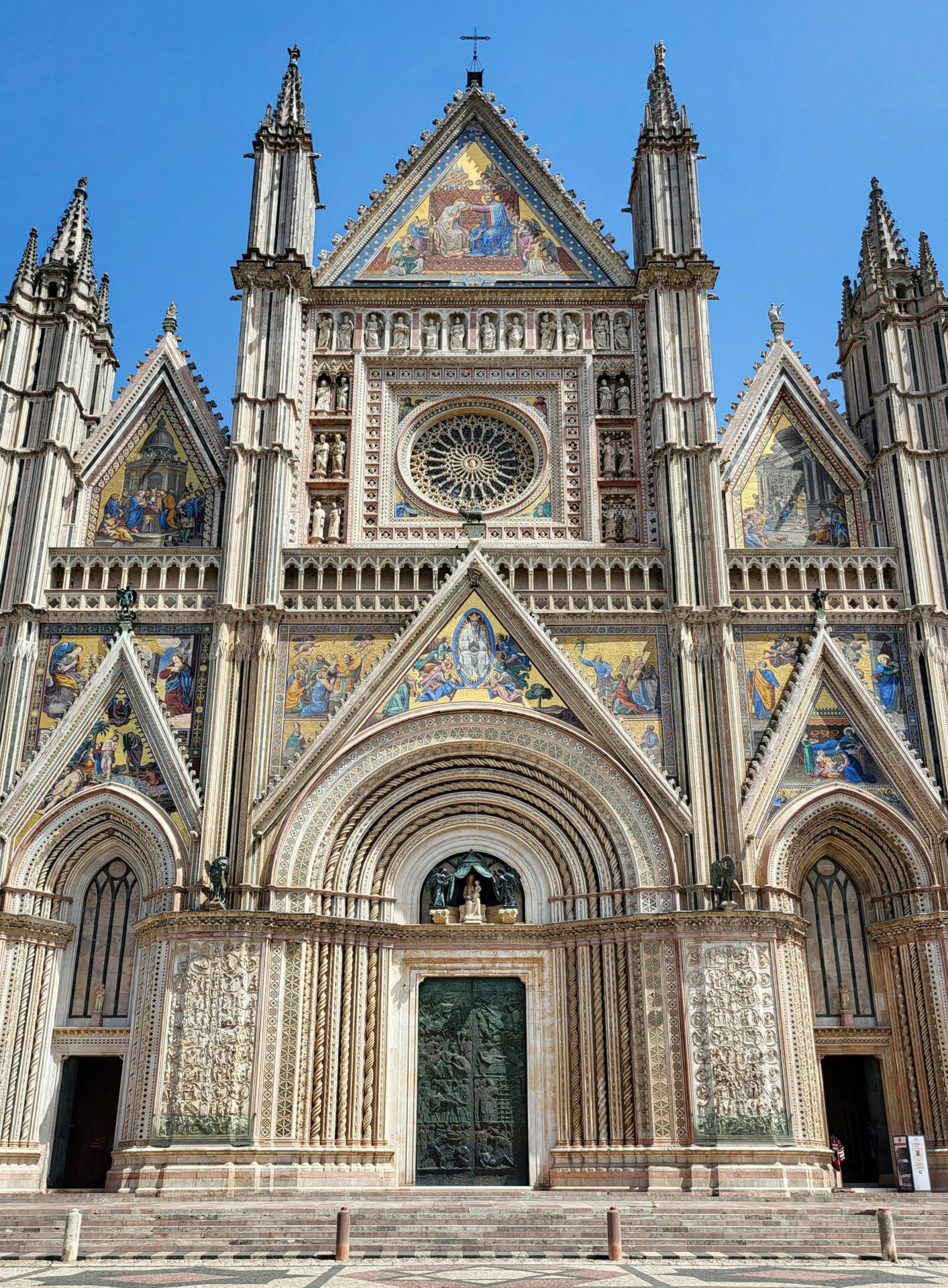
The Charm of Umbria’s Ancient Towns and Cities
Umbria’s hilltop towns capture the authentic essence of Italy that many travelers seek but rarely find. These ancient settlements perch dramatically on verdant slopes, their stone walls telling stories that span millennia.
The Medieval Splendor of Gubbio and Spello
Gubbio stole my heart with its imposing medieval architecture and quiet dignity. Walking through its stone streets, I felt transported to another era. The massive Palazzo dei Consoli dominates the skyline, while the quiet piazzas offer peaceful spots to sip espresso and watch local life unfold.
Spello dazzled me with its flower-adorned balconies and pink stone buildings that glow golden at sunset. This small town packs an artistic punch beyond its size.
The remarkably preserved Temple of Minerva stands as a testament to Spello’s ancient roots. I spent hours wandering narrow lanes barely wide enough for a Fiat, discovering hidden courtyards and centuries-old doorways carved with family crests.
Both towns maintain their authentic character through proud preservation of tradition rather than catering to mass tourism.
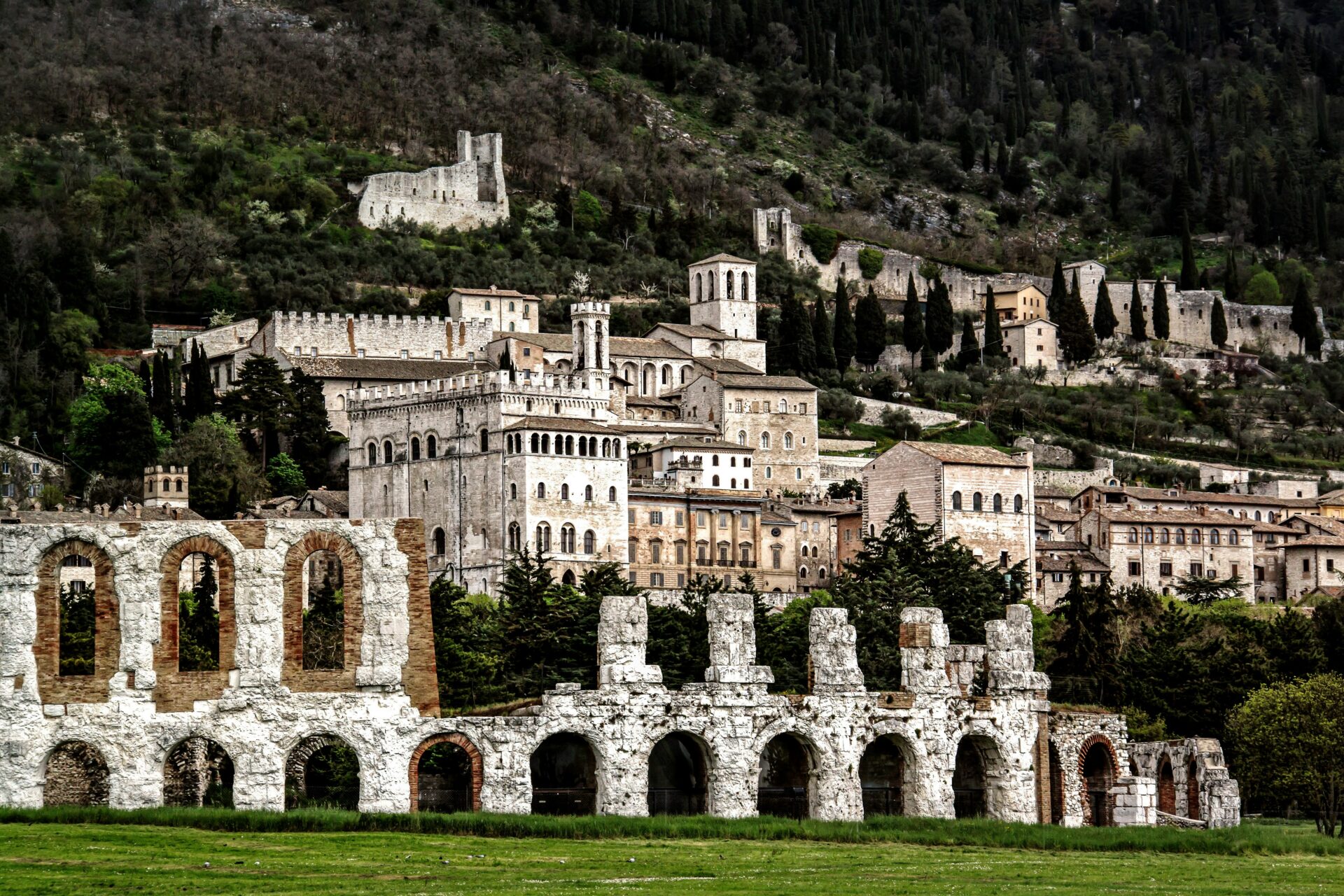
The Etruscan Heritage in Orvieto and Cortona
Orvieto rises dramatically from a volcanic plateau, its magnificent cathedral visible for miles. I based myself here while exploring the region and found it perfect for daily excursions.
The town’s Etruscan past reveals itself in the underground tunnels and caves that honeycomb the rock beneath the city. These ancient passageways, dug nearly 3,000 years ago, offer a cool escape from summer heat.
Cortona’s impressive Etruscan walls still define parts of the town boundary. From its hillside perch, I gazed across olive groves to Lake Trasimeno shimmering in the distance.
The Etruscan Academy Museum houses remarkable artifacts including the famous bronze chandelier. These treasures connect visitors directly to the sophisticated civilization that thrived here before the Romans.
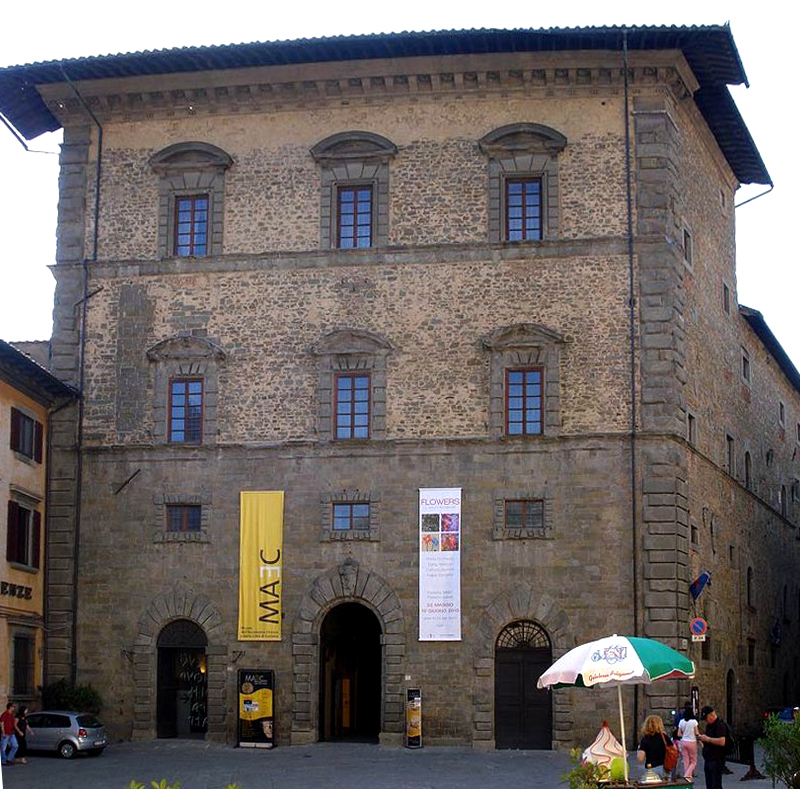
Bevagna and Spoleto: Windows to the Past
Bevagna charmed me with its remarkably preserved Roman mosaics and medieval crafts. Unlike its hilltop neighbors, this town sits on the valley floor, surrounded by vineyards producing excellent Sagrantino wine.
During my visit, artisans demonstrated traditional papermaking and silk-weaving techniques passed down through generations. The town square feels like a living museum where modern life continues against an ancient backdrop.
Spoleto’s dramatic aqueduct bridge took my breath away. At 90 meters high, this engineering marvel spans a deep gorge leading to forests perfect for afternoon hikes.
The town hosts the renowned Festival dei Due Mondi (Festival of the Two Worlds), transforming quiet streets into a cultural hub each summer. Even without the festival, Spoleto’s Roman theater and medieval fortress offer glimpses into its layered history.
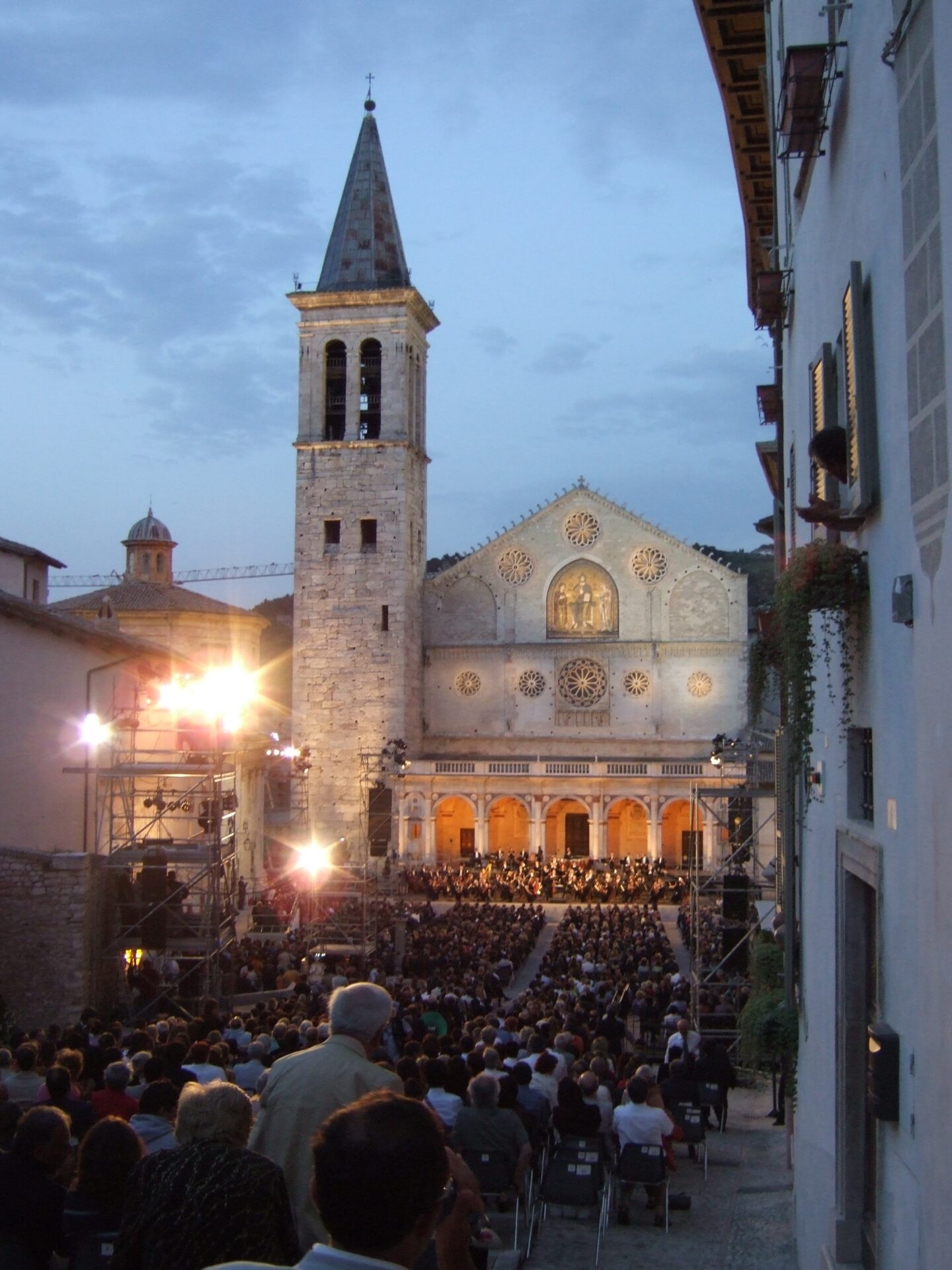
Umbria’s Gastronomic Delights
Umbria’s cuisine captured my heart with its honest flavors and deep traditions. In this often-overlooked region, I discovered food that truly reflects the Italian soul – simple ingredients transformed into extraordinary meals.
The Flavors of Umbria: Italian Food at Its Best
The cooking in Umbria relies on what the land provides each season. Unlike its flashier neighbor Tuscany, Umbrian food feels wonderfully authentic and untouched by tourism.
Black truffles became my obsession during my stay. These earthy treasures appear in everything from pasta to eggs, imparting a rich flavor unlike anything I’ve tasted elsewhere.
Wild boar or “cinghiale” features prominently in local dishes. I tried it slow-cooked in hearty stews and as cured meats that pair perfectly with the region’s rustic bread.
The lentils from Castelluccio surprised me with their delicate flavor. These tiny legumes, grown in the mountains, create soups that warmed me on chilly evenings in the hills.
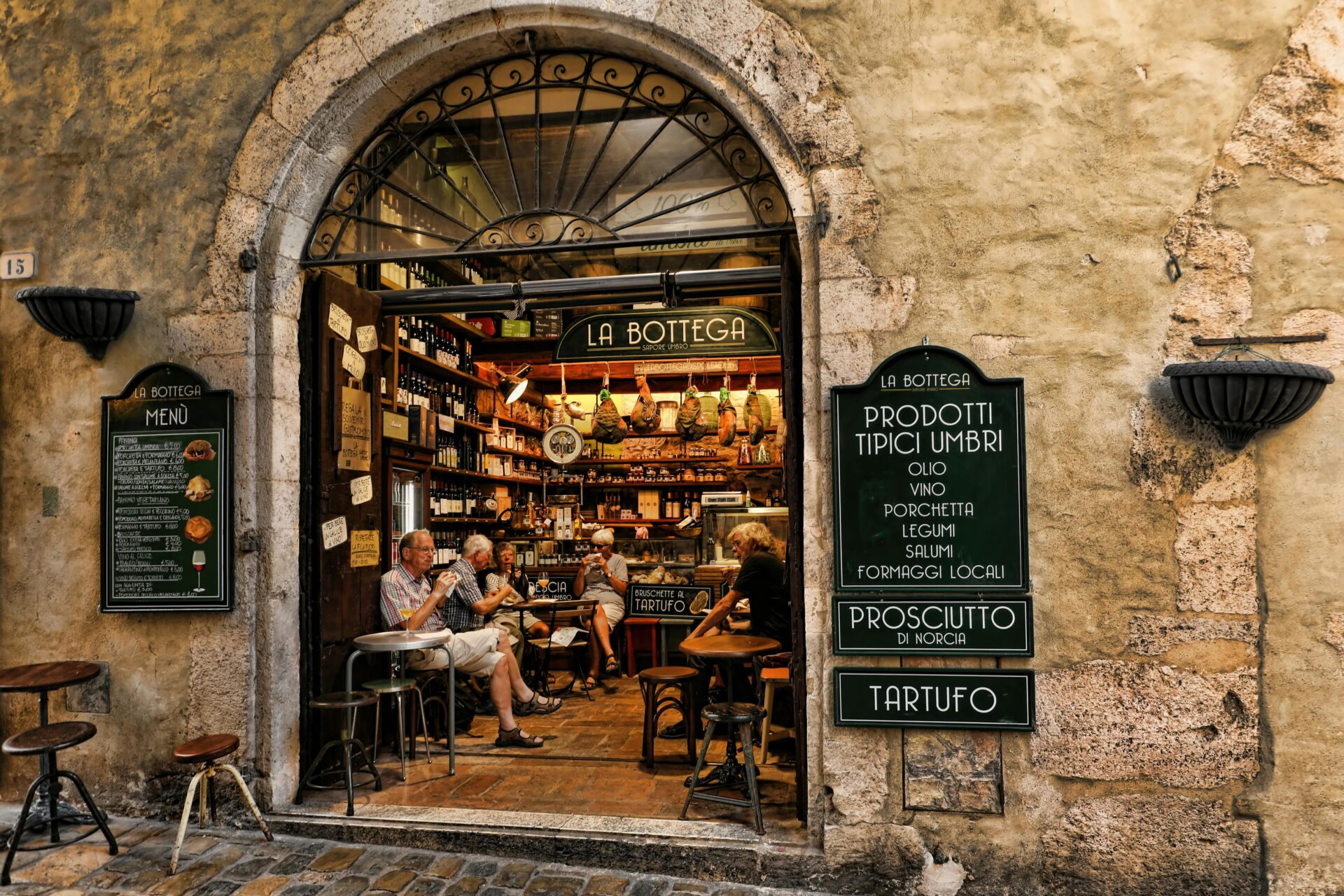
The Wine Regions and Olive Groves of Tuscany’s Neighbor
Umbria’s wineries remain refreshingly unpretentious compared to Tuscany’s famous estates. The region produces exceptional wines that locals have kept somewhat secret from the rest of the world.
Sagrantino di Montefalco became my favorite discovery. This bold red wine grows only in this region and offers deep flavors of blackberry and spice. Several small family wineries welcomed me for tastings without the crowds found elsewhere.
Olive oil production in Umbria dates back to ancient Roman times. The oil here has a distinctive peppery kick that elevates even the simplest bruschetta to something memorable.
The rolling hills around Orvieto produce the crisp white wine of the same name. I enjoyed it with fresh lake fish while watching the sunset paint the medieval town golden.
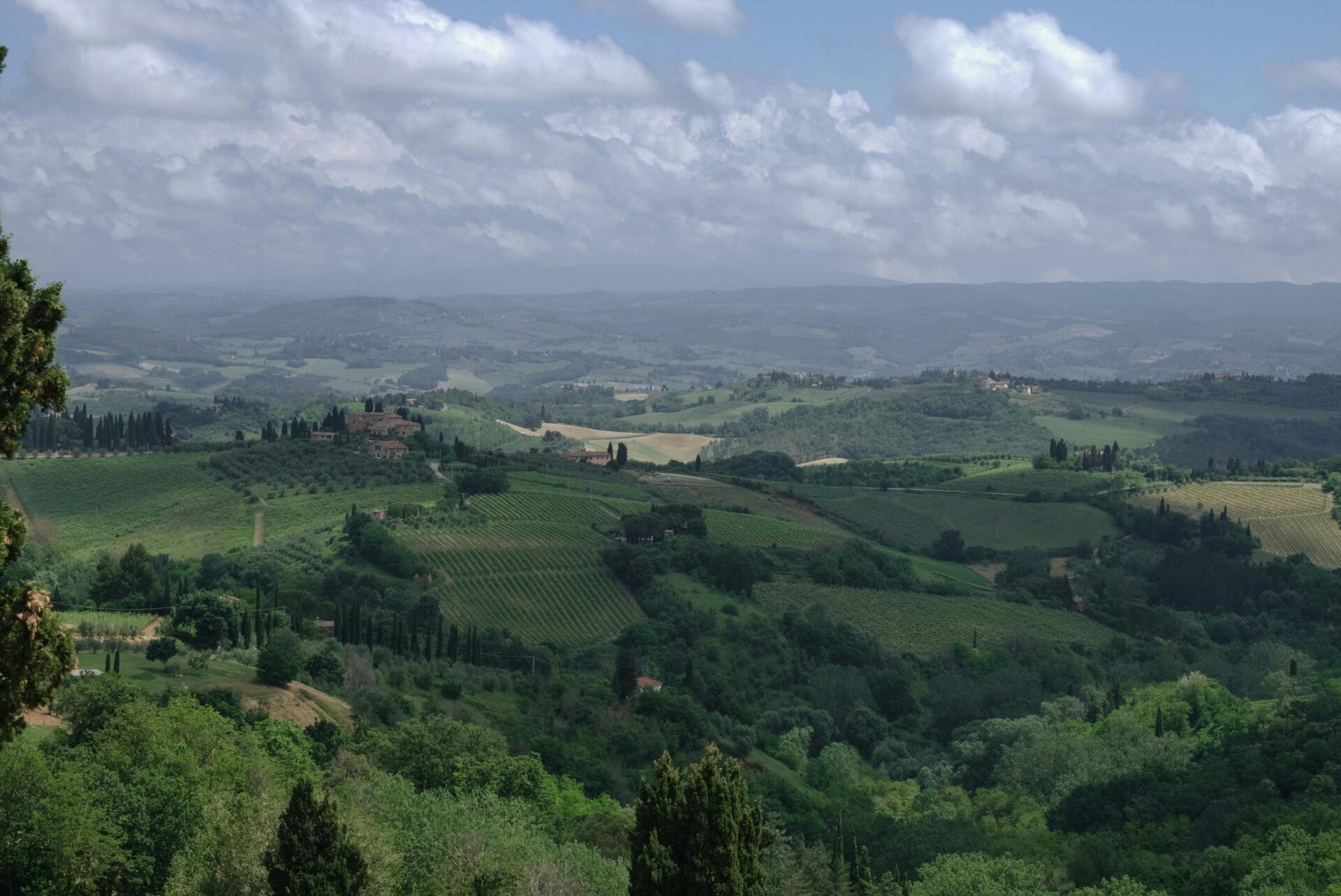
Embarking on an Adventure
My journey through Umbria revealed breathtaking landscapes and hidden treasures that most tourists miss. This “green heart” of Italy offers endless opportunities for exploration beyond the crowded paths of neighboring Tuscany.
Hiking Trails Through the Apennines
The Apennine mountains create a stunning backdrop for some of Italy’s most rewarding hikes. I discovered trails for every skill level, from gentle paths winding through olive groves to challenging routes that tested my endurance.
One morning, I set out on the Path of Saint Francis, following ancient pilgrim routes that connect medieval villages. The trail offered spectacular views of rolling hills dotted with cypress trees and stone farmhouses.
What surprised me most was the solitude. Unlike popular hiking destinations, I often had entire sections of trail to myself. The only sounds were birdsong and the occasional church bell echoing across the valley.
Local guides shared fascinating stories about the mountains’ history and pointed out rare wildflowers that bloom in spring.
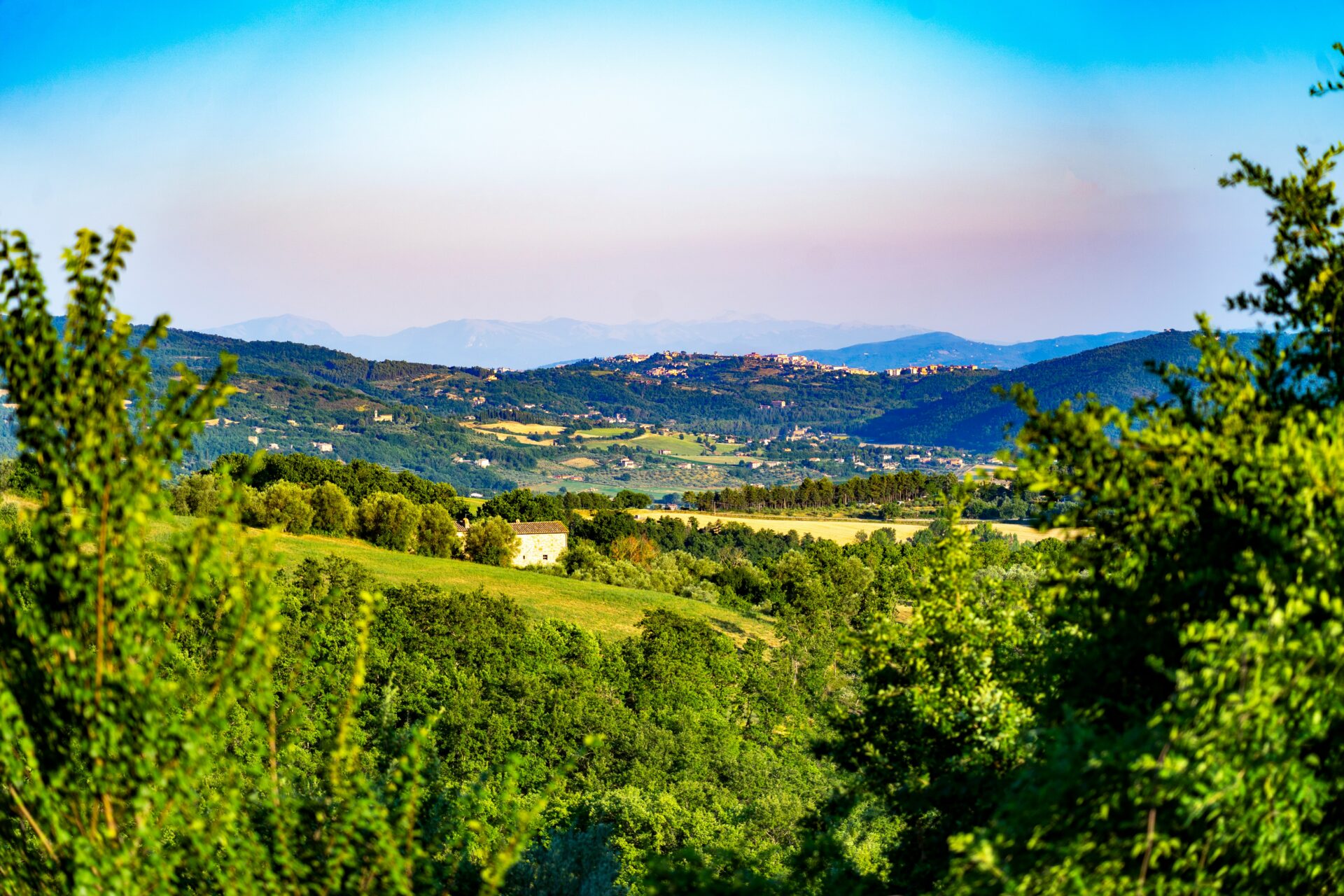
Todi and Norcia: A Fusion of Nature and History
Todi captivated me with its perfect hilltop position and honey-colored buildings. The main square, Piazza del Popolo, became my favorite spot to sip coffee and watch local life unfold beneath medieval architecture.
Norcia, nestled in the mountains, revealed Italy’s culinary soul. This town is famous for its pork products, particularly prosciutto and salami. Local butcher shops called “norcinerie” display their craftsmanship in storefront windows.
In 2016, an earthquake damaged much of Norcia. I witnessed remarkable resilience among locals rebuilding their historic town. Despite challenges, restaurants still serve traditional dishes like lentil soup and black truffle pasta.
The surrounding forests offer perfect day hikes. I also gathered wild mushrooms with a local guide.
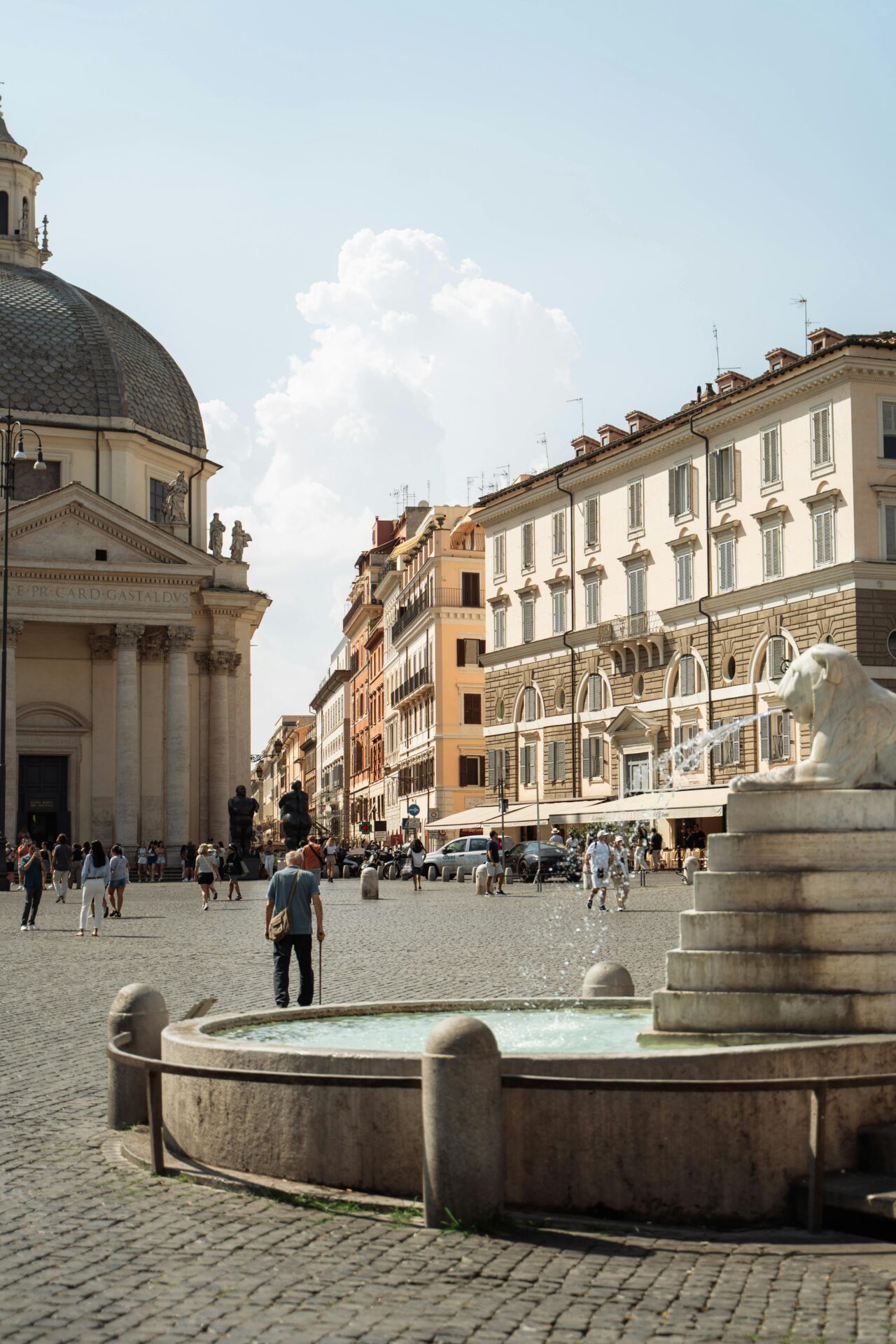
Lake Trasimeno and Its Surroundings
Lake Trasimeno surprised me with its tranquil beauty and lack of crowds. This shallow lake, Italy’s fourth largest, features three small islands accessible by ferry.
I spent a peaceful afternoon on Isola Maggiore. I wandered narrow lanes between fishermen’s houses and discovered a monastery where St. Francis once meditated. The island’s lace-making tradition continues with elderly women creating delicate patterns by hand.
The lakeside towns offer authentic experiences without tourist traps. In Castiglione del Lago, I explored a medieval fortress with panoramic views across blue waters to distant mountains.
Cycling around the lake proved perfect for enjoying nature at my own pace. The 60km trail passes through nature reserves where I spotted herons and even flamingos during migration season.

